Aegis Sciences launched combined test for SARS-CoV-2 and influenza A/B virus
On Nov. 16, 2020, Aegis Sciences announced that it had launched a combined test for SARS-CoV-2 and influenza…

On Nov. 16, 2020, Aegis Sciences announced that it had launched a combined test for SARS-CoV-2 and influenza…
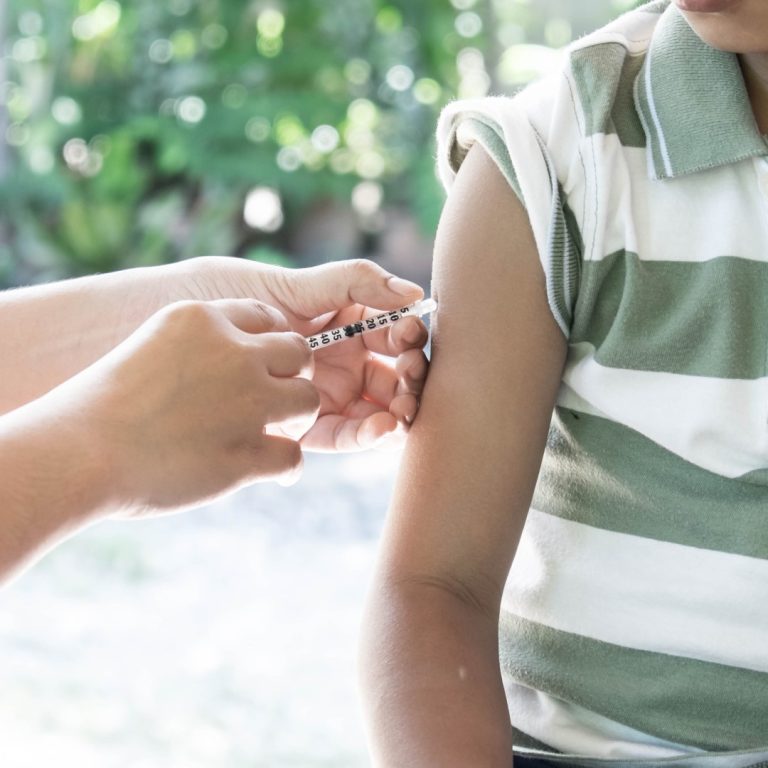
On Nov. 13, 2020, Roche announced that the European Medicines Agency’s (EMA) Committee for Medicinal Products for Human…

On Nov. 6, 2020, Mesa Biotech announced it had been awarded a contract up to $13 million from…
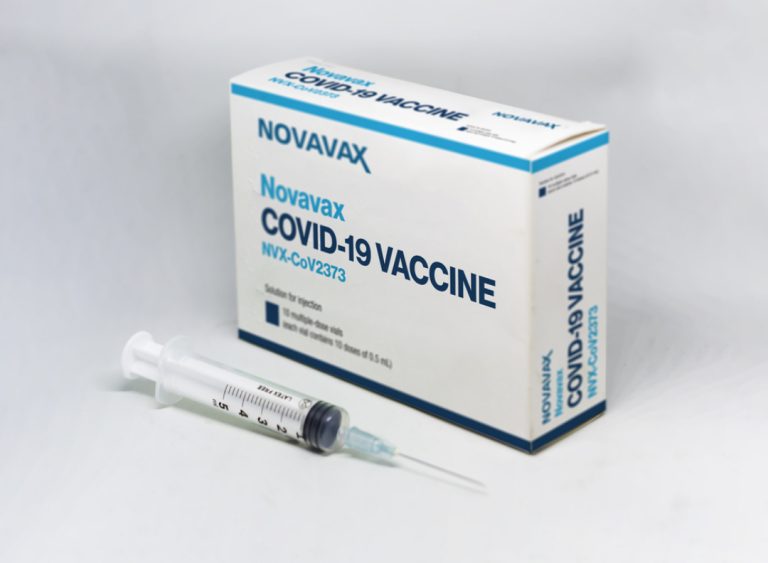
On Nov. 2, 2020, Novavax announced the expansion of its Maryland campus to accommodate the company’s rapid growth…
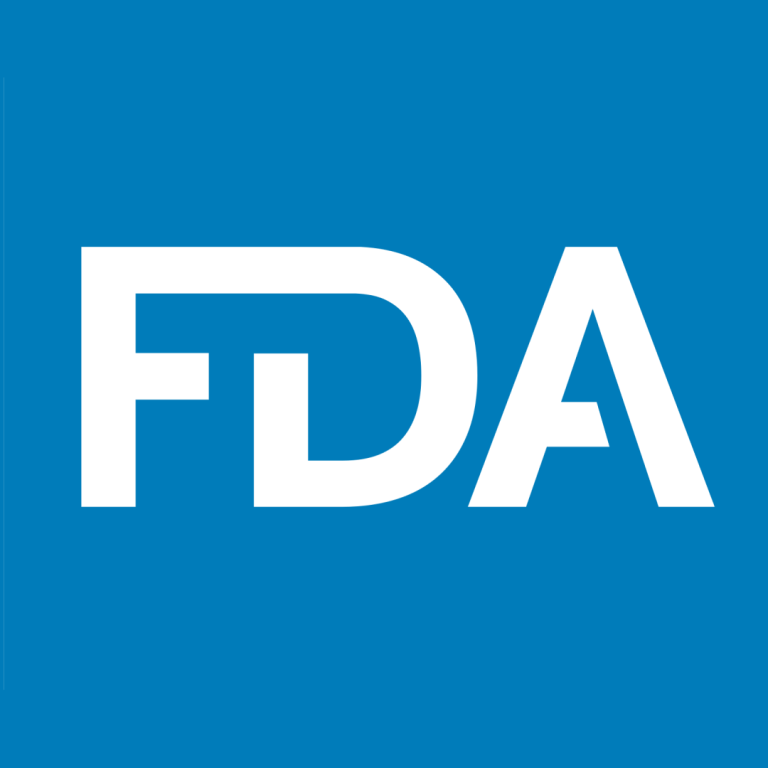
On Oct. 26, 2020, PerkinElmer announced that its PKamp Respiratory SARS-CoV-2 RT-PCR Panel had received clearance to be…

On Oct. 21, 2020, CerTest Biotec, along with BD (Becton, Dickinson), announced that the VIASURE SARS-CoV-2 (N1 +…

On Oct. 20, 2020, BioReference Laboratories, an OPKO Health company, announced that it was accepting specimens for a…

On Oct. 15, 2020, scientists from the University of Oxford’s Department of Physics announced they had developed an…
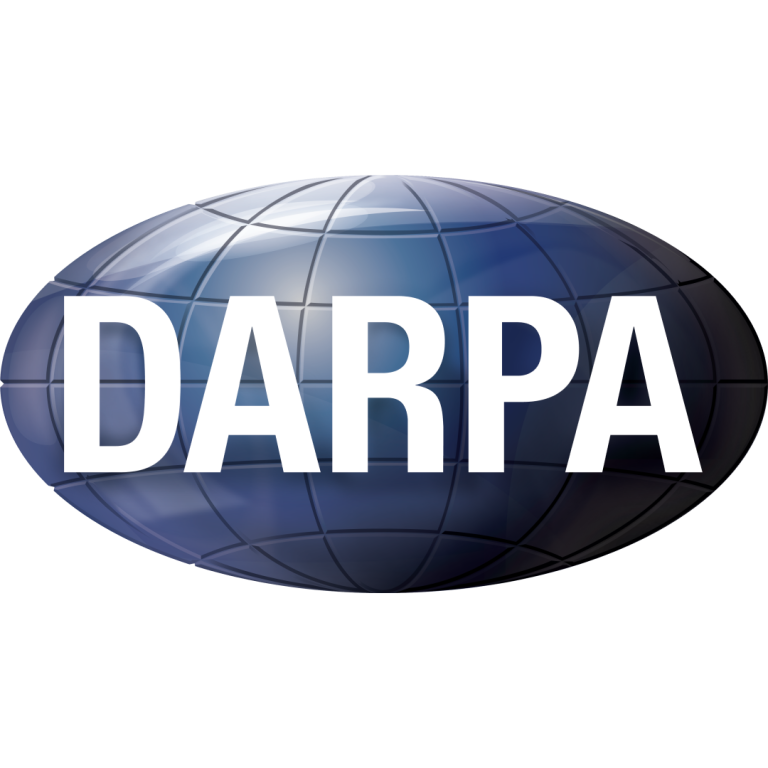
On Oct. 8, 2020, Moderna announced an agreement for a commitment of up to $56 million from the…

On Oct. 7, 2020, Sonic Healthcare USA announced that it had launched a multiplex RT-PCR assay that combined…

On Oct. 6, 2020, the U.S. Department of Health and Human Services (HHS) announced funding of a patch…
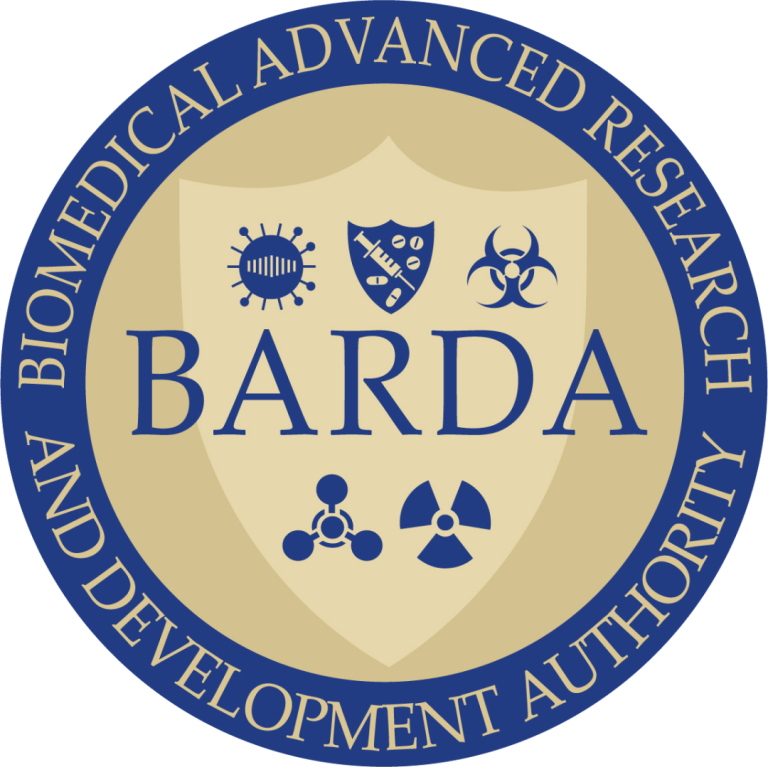
On Oct. 5, 2020, Vaxxas announced a $22 million United States government award to support the deployment of…
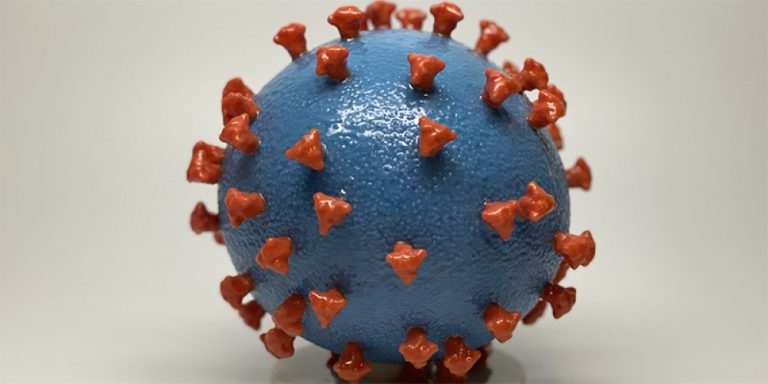
On Oct. 2, 2020, Quidel announced that it had received Emergency Use Authorization from the U.S. Food and…
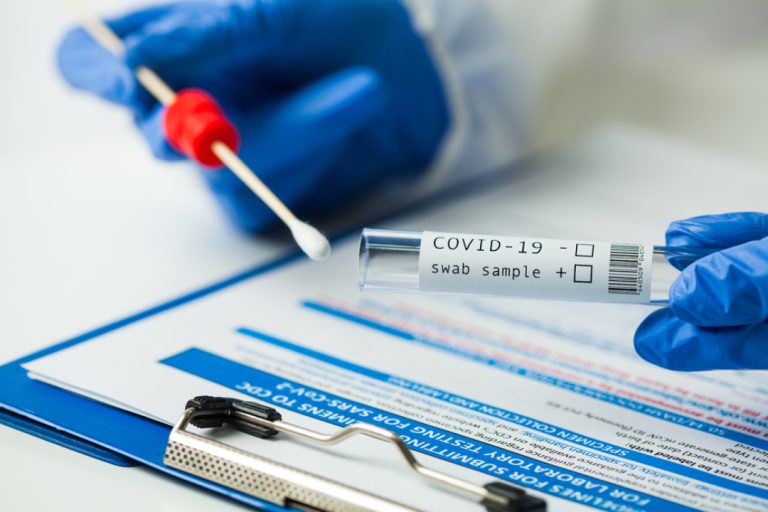
On Sept. 30, 2020, Quest Diagnostics announced three different test options for healthcare providers across the U.S.to aid…

On Sept. 30, 2020, BD (Becton, Dickinson) announced its rapid, point-of-care, SARS-CoV-2 antigen test for use on the…
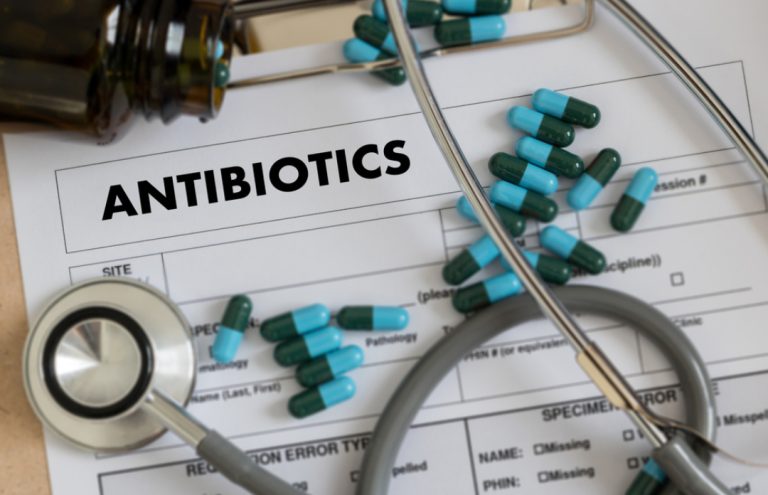
On Sept. 21, 2020, XBiotech announced it was developing a new breakthrough candidate therapy it calls FLUVID for…

On Sept. 18, 2020, Sanofi and GSK finalised and signed an advanced purchase agreement with the European Commission…
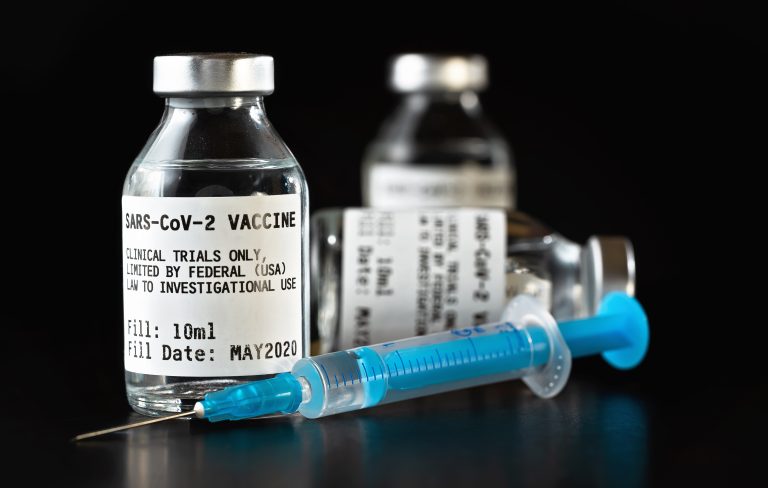
On Sept. 15, 2020, Vaxess Technologies and Medigen Vaccine Biologics (MBV) announced a partnership to develop a combined…

On Sept. 14, 2020, scientists at the Max Planck Institute for Infection Biology in Berlin and the Institut…

On Sept. 9, 2020, the American Academy of Family Physicians (AAFP) reviewed and agreed with the Advisory Committee…
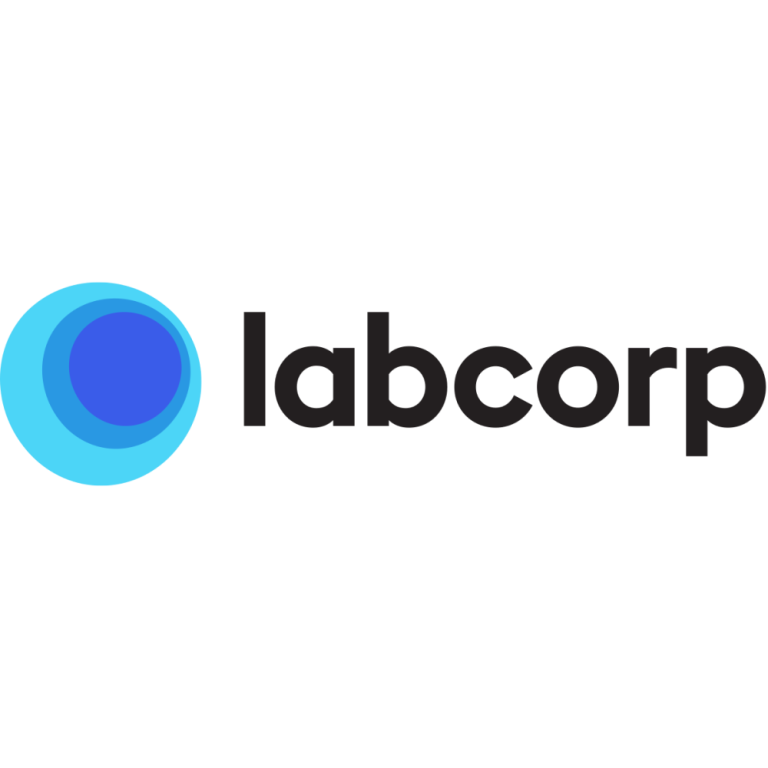
On Sept. 8, 2020, LabCorp announced the launch of the first testing method to simultaneously detect COVID-19, influenza…

On Sept. 7, 2020, DiaSorin Molecular announced that it had received U.S. Food and Drug Administration (FDA) Clearance…
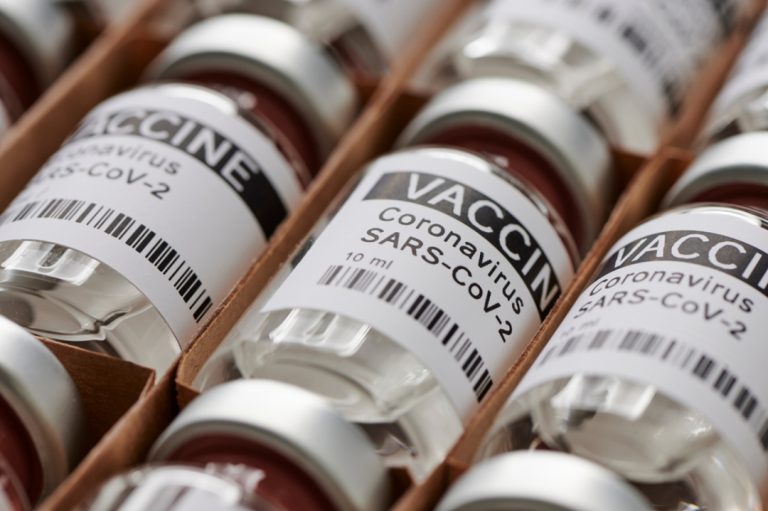
On Sept. 3, 2020, Sanofi and GSK announced the start of the Phase 1/2 clinical trial for their…

On Sept. 3, 2020, BioCryst Pharmaceuticals announced that the U.S. Department of Health and Human Services (HHS) had…
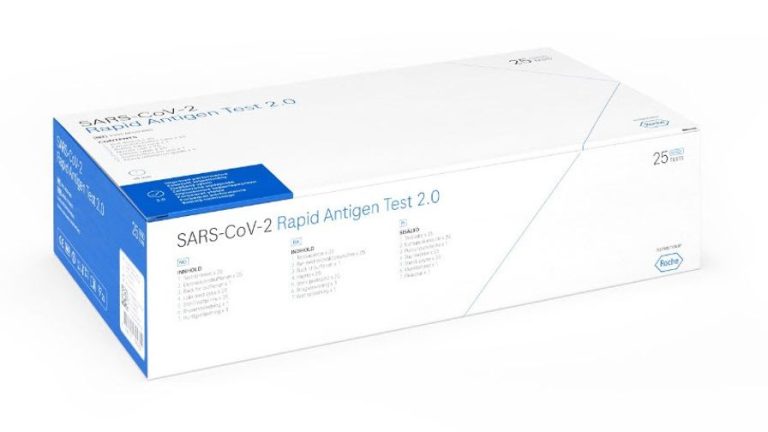
On Sept. 3, 2020, Roche announced that the cobas SARS-CoV-2 & Influenza A/B Test for use on the…
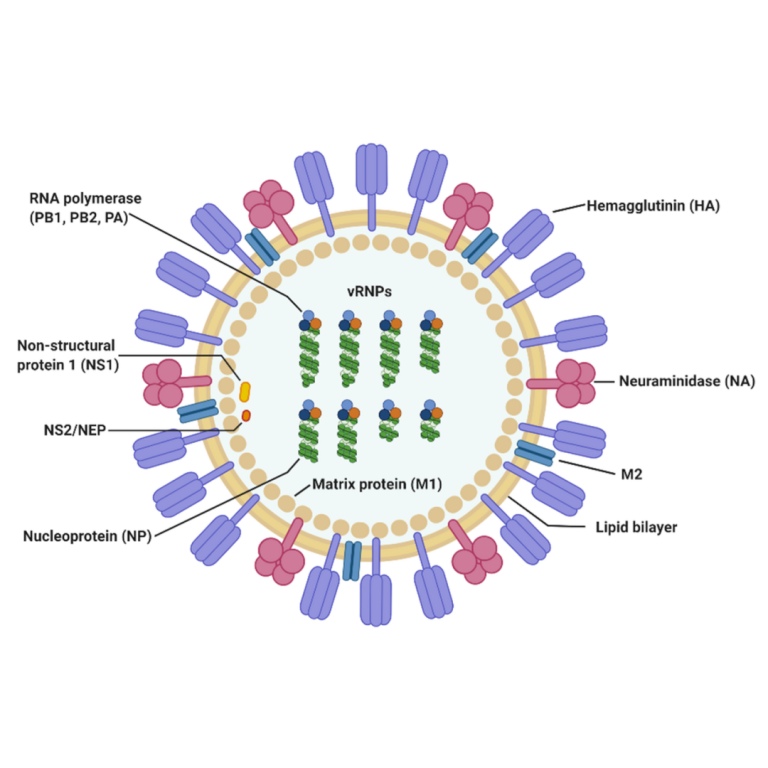
On Sept. 2, 2020, the Janssen Pharmaceutical Companies of Johnson & Johnson announced that it had made a…

On Sept. 2, 2020, MicroGEM announced it had been awarded up to $40.9 million by the National Institutes…
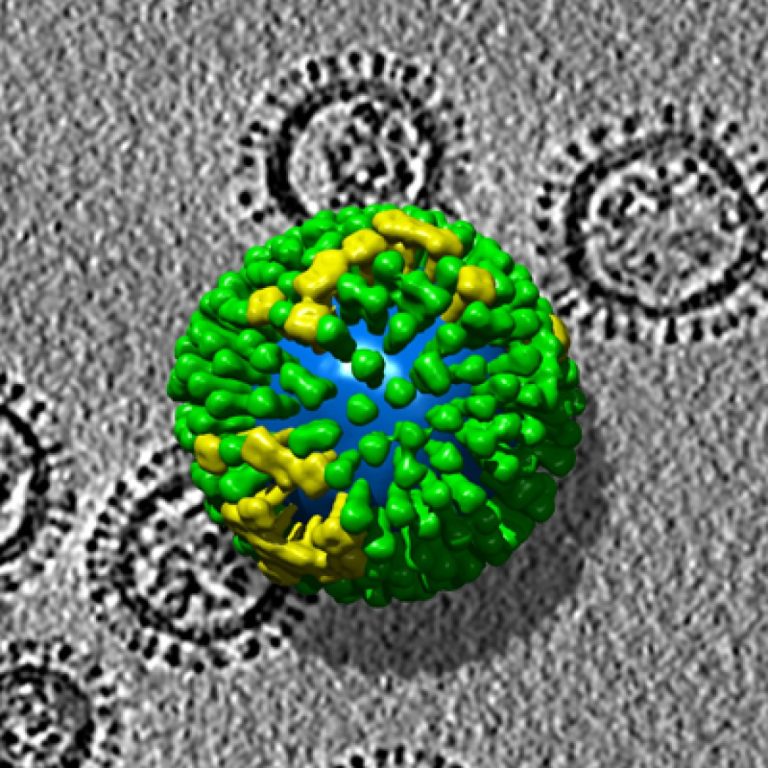
On Aug. 21, 2020, the CDC published Immunization Practices Advisory Committee (ACIP) 2020-21 influenza vaccination recommendations. Routine annual…

On Aug. 12, 2020, Celdara Medical announced that the NIH had awarded a Small Business Innovation Research (SBIR)…

On Jul. 31, 2020, Sanofi and GSK announced advanced discussions, with the European Commission for the supply of…